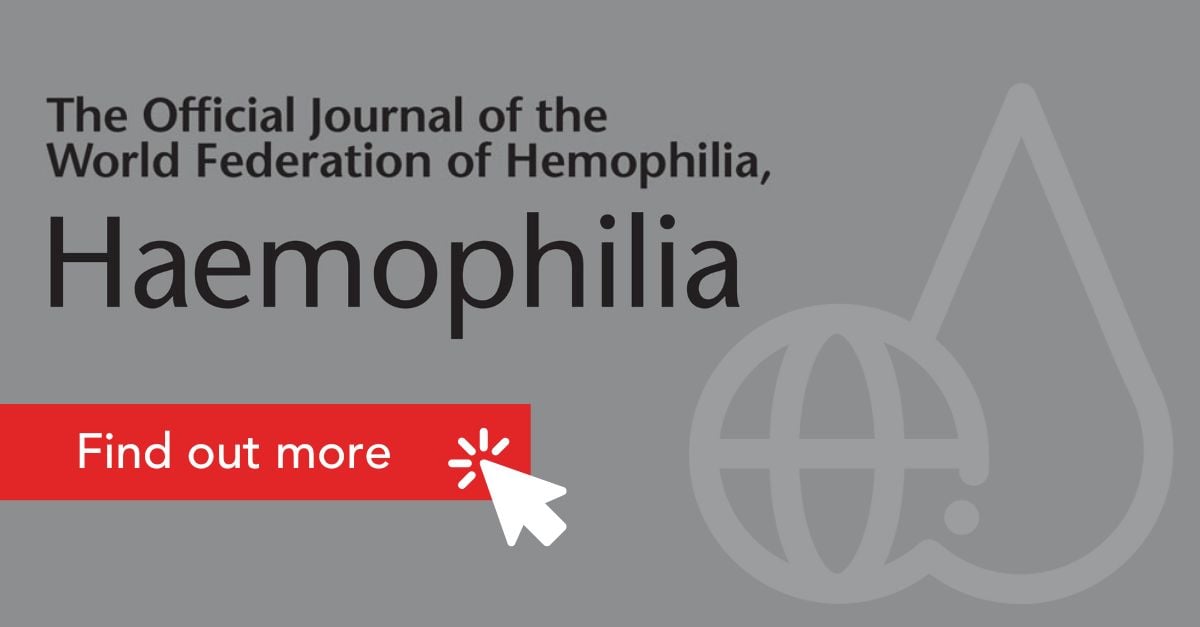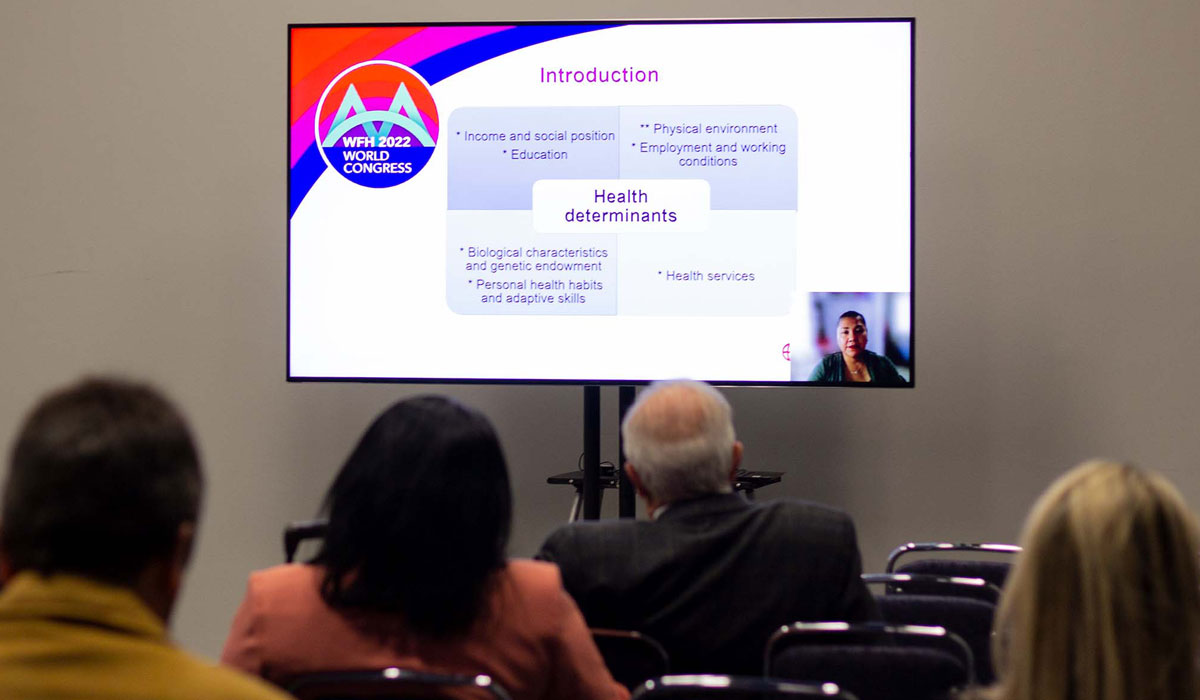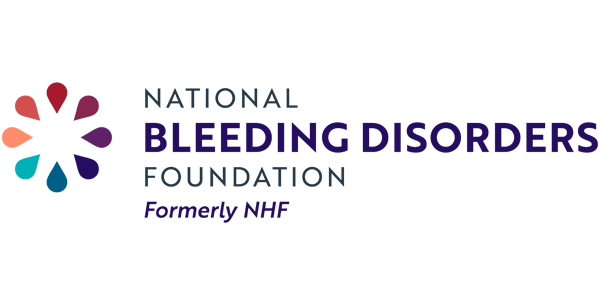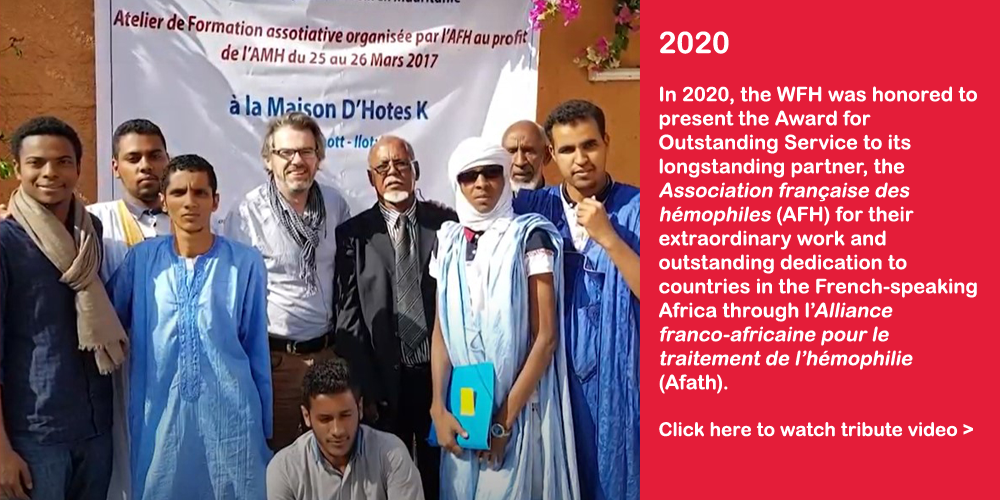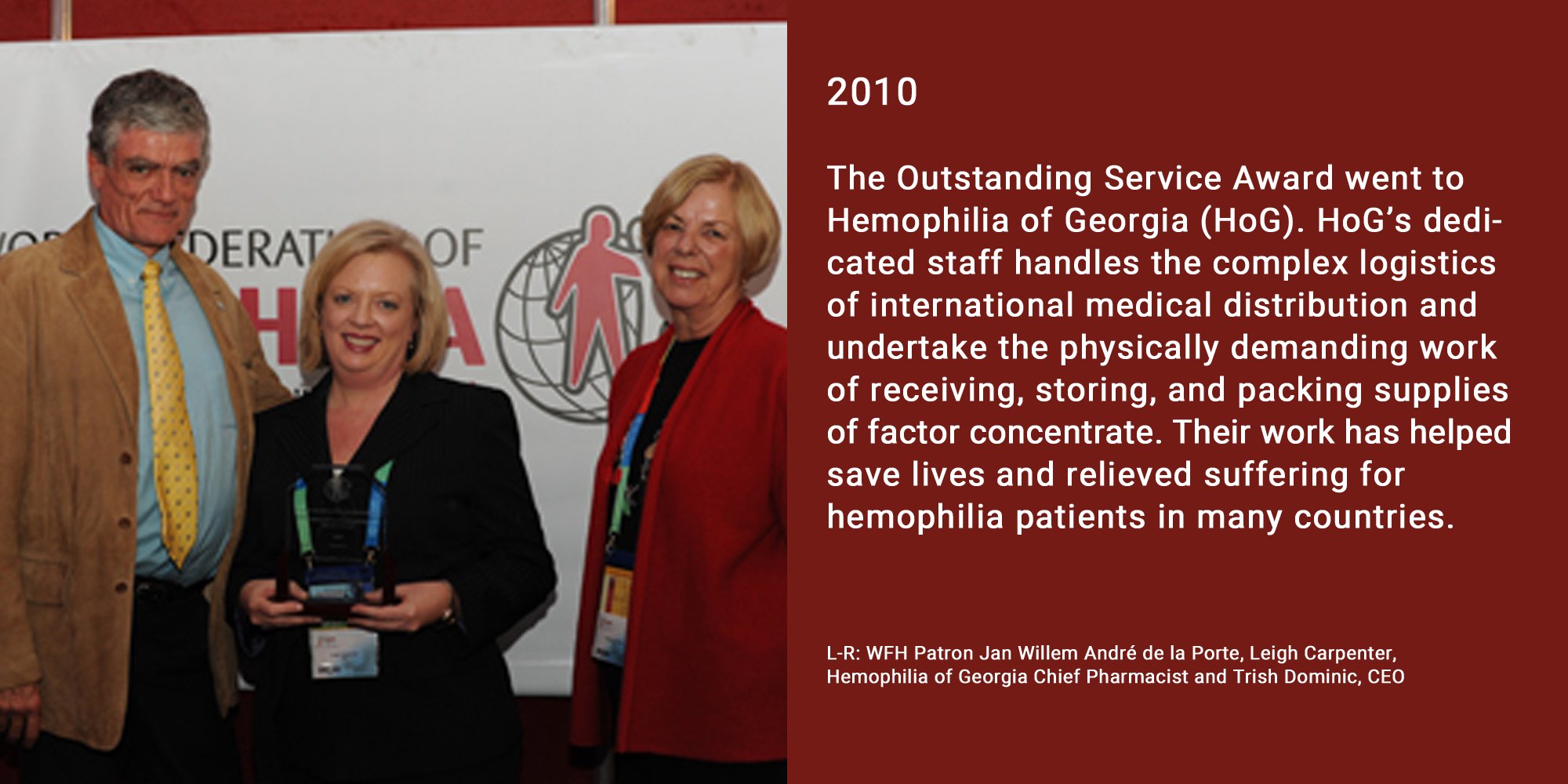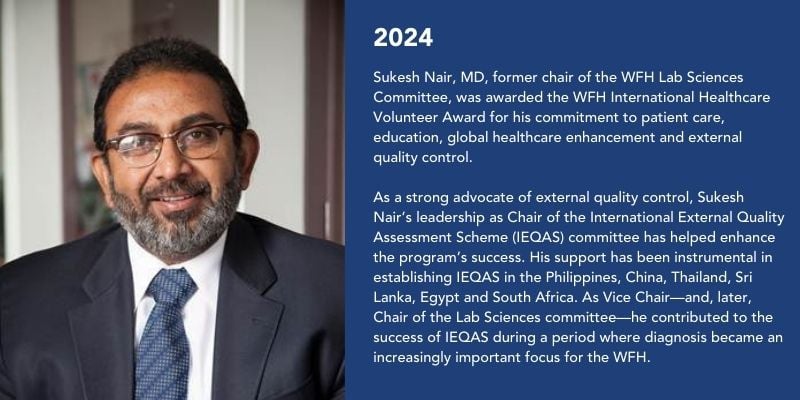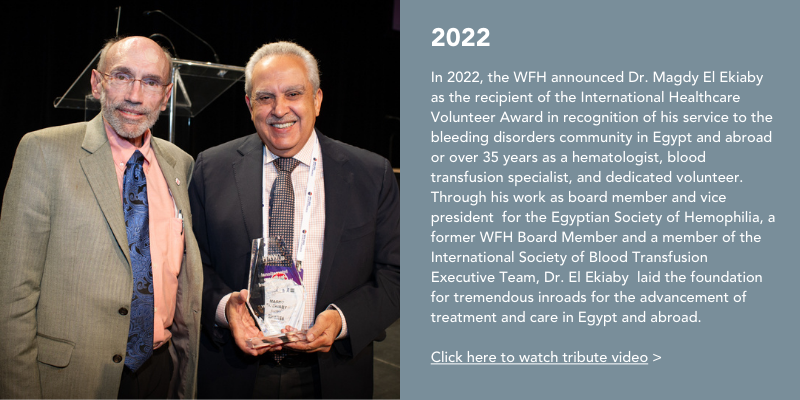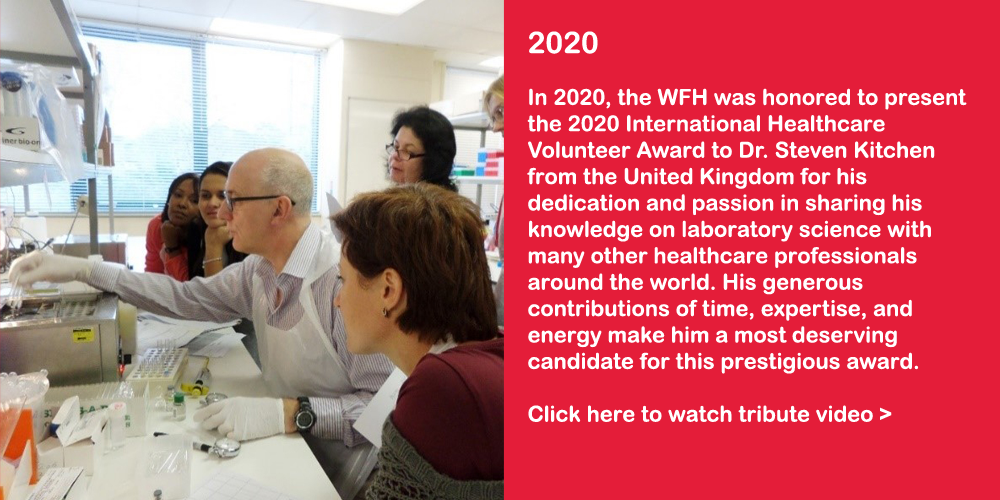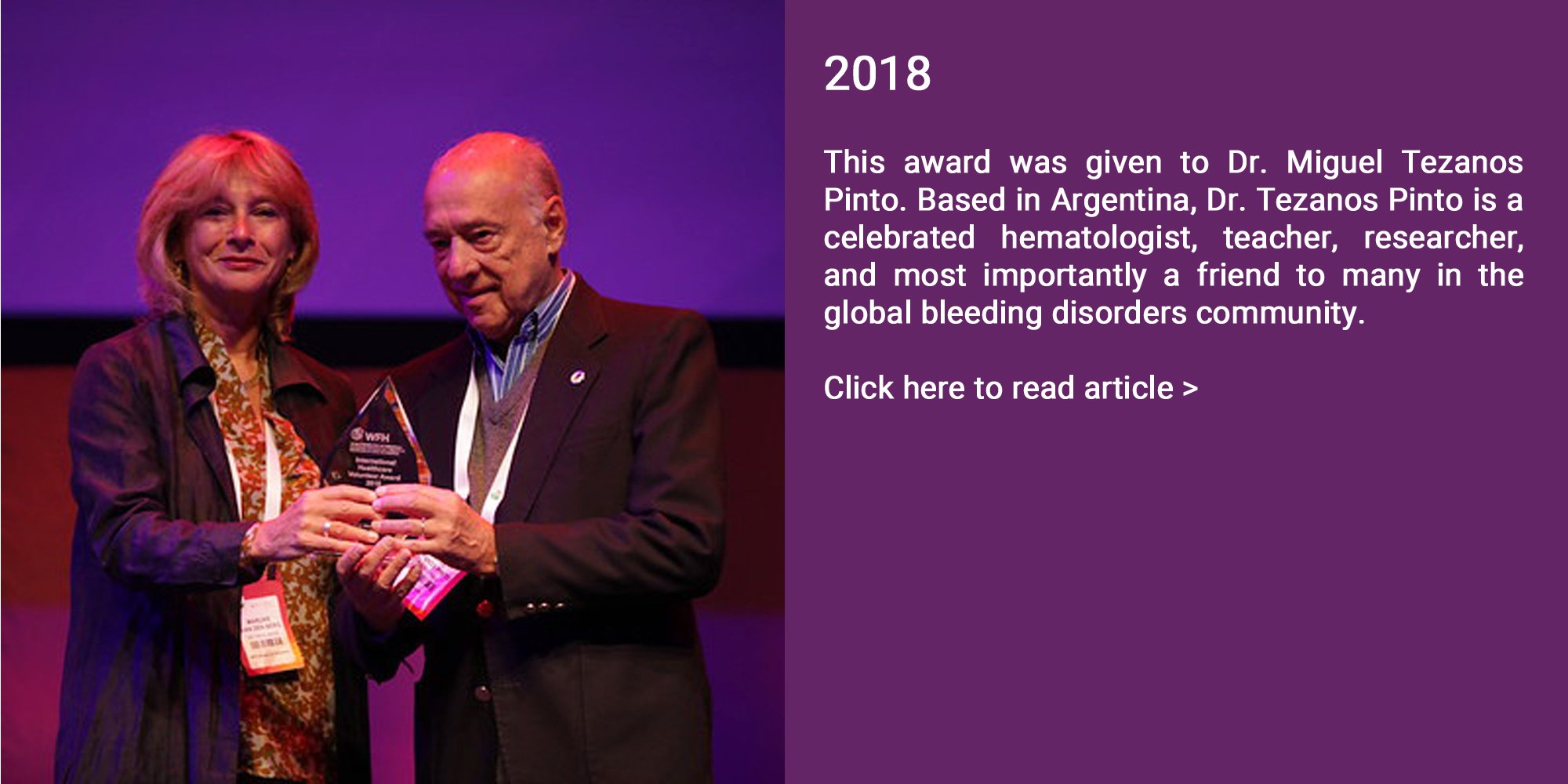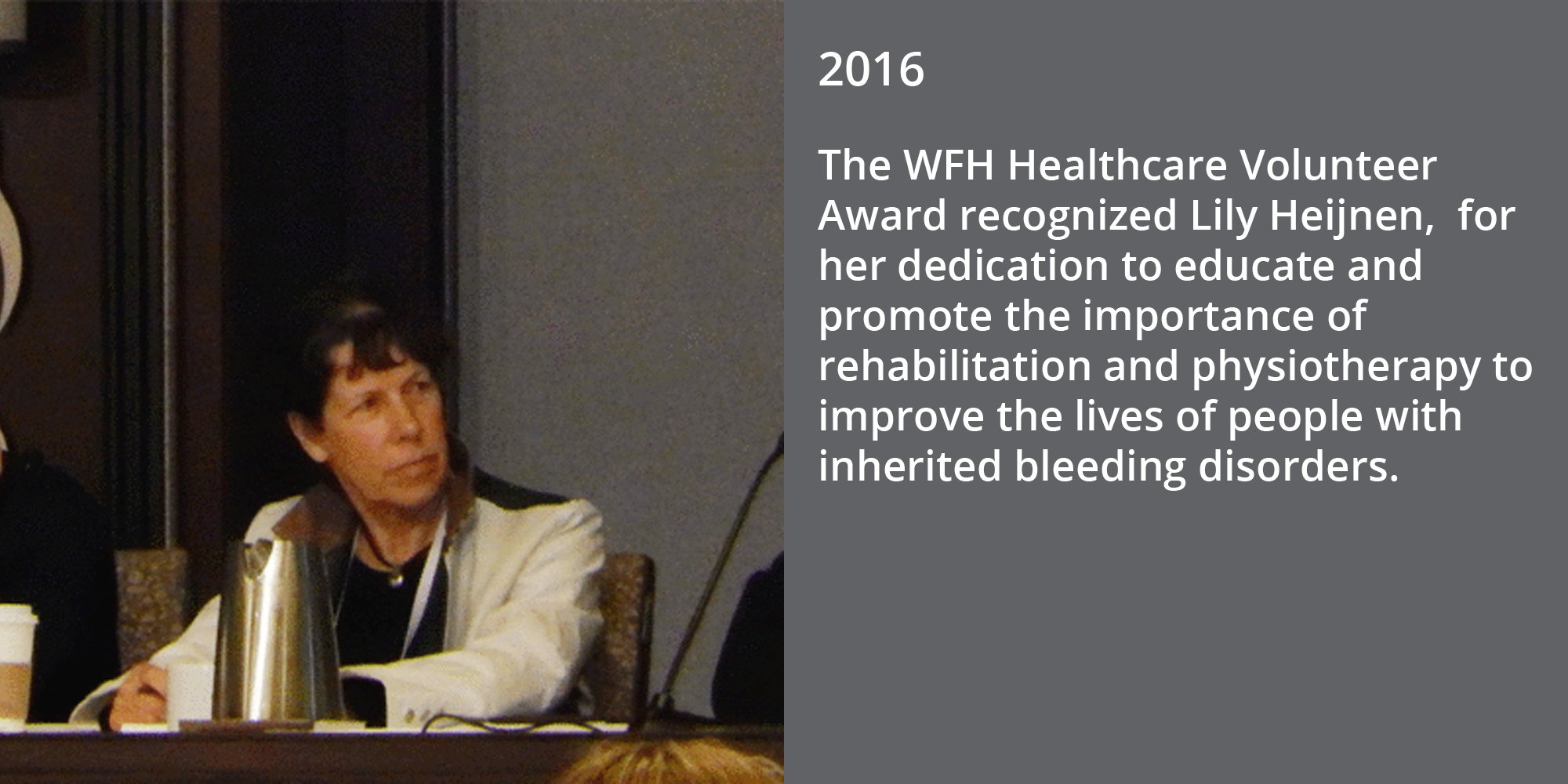Chaired by Norjehan Yahaya, Head of Unit & Specialist in Special Needs Dentistry at Kuala Lumpur Hospital, Malaysia.
Tom Cavell, Dental Core Trainee at the Princess Alexandra Hospital, U.K., gave a talk called, “The Effects of the COVID-19 Pandemic on Access to Dental Care for People with Inherited Bleeding Disorders (IBD)”. He said that patients with IBDs can experience challenges in accessing dental care due to their disorder. He found that the pandemic has negatively impacted access to dental care. 43% felt that due to COVID 19 they had reduced access to dental care and of these 11% believed that this was a consequence of having a bleeding disorder. He also saw that IBDs may have presented an additional barrier for some patients.
“Risk and protective factors for periodontal diseases in a bleeding disorders population” was given by Laura Olan, Doctor at the Universidad Juárez Autónoma de Tabasco, Villahermosa, Mexico. She found that people with bleeding disorders who were part of a low socioeconomic level have 3.3 times more risk of suffering periodontal alterations. She also saw that low educational level increases the risk 2.1 times, and those who reside in rural areas have 6.9 times more risk of having periodontal diseases.
Branislav Bajkin, Professor at the University of Novi Sad, Faculty of Medicine Novi Sad, Dental Clinic of Vojvodina, Novi Sad, Serbia, gave his talk, “The potential significance of minimally invasive oral surgery and dental implant placement techniques in persons with inherited bleeding disorders”. He found that minimally invasive oral surgical procedures and techniques may reduce the incidence of postoperative bleeding in people with bleeding disorders. He also saw that minimally invasive implant procedures may present an alternative to more extensive bone grafting procedures and thus, if indicated, may be a treatment of choice for the implant-prosthodontic rehabilitation of people with hemophilia.
“A Case Report: Chronic Facial/Limb Pain and Iron Deficiency” was given by Danielle Nance, Director, Hemostasis and Thrombosis Program at the Banner/MD Anderson Cancer Center, U.S.A. The case report was about a 32-year-old female with orofacial pain. The diagnosis was temporo mandibular dysfunction, but the team wondered if there were other factors at play. Together, the Special Care Dentistry and Hematology diagnosed the underlying causes of her pain and were able to work together to manage her symptoms. They found that EDS and Factor VII deficiency caused excessive bleeding and bruising leading to iron deficiency and TMD. They also found that factor VII deficiency causes bleeding symptoms that don’t always match up to factor levels.
